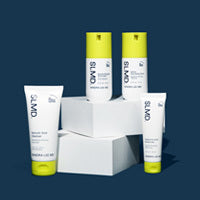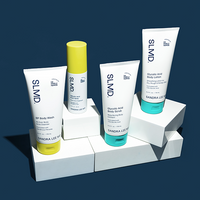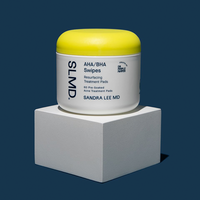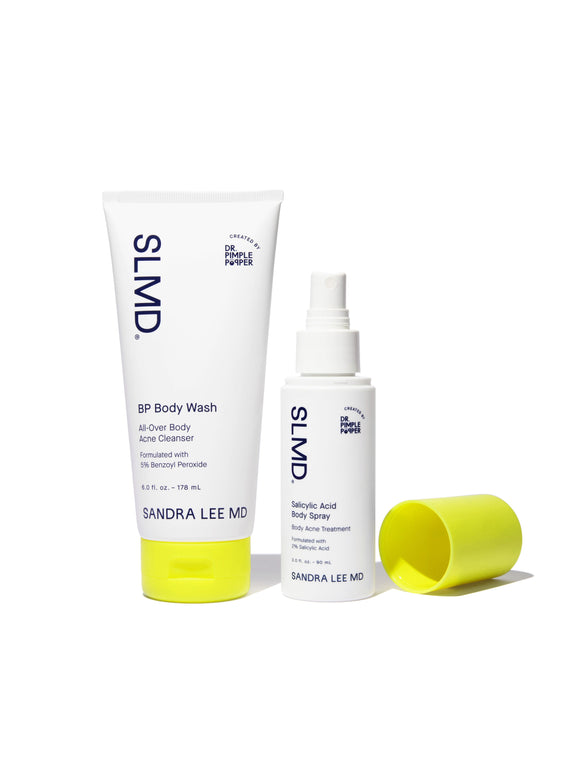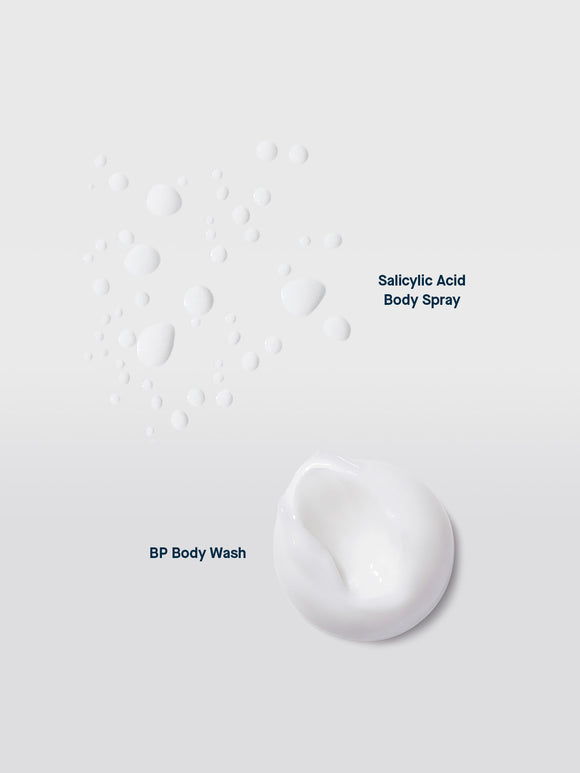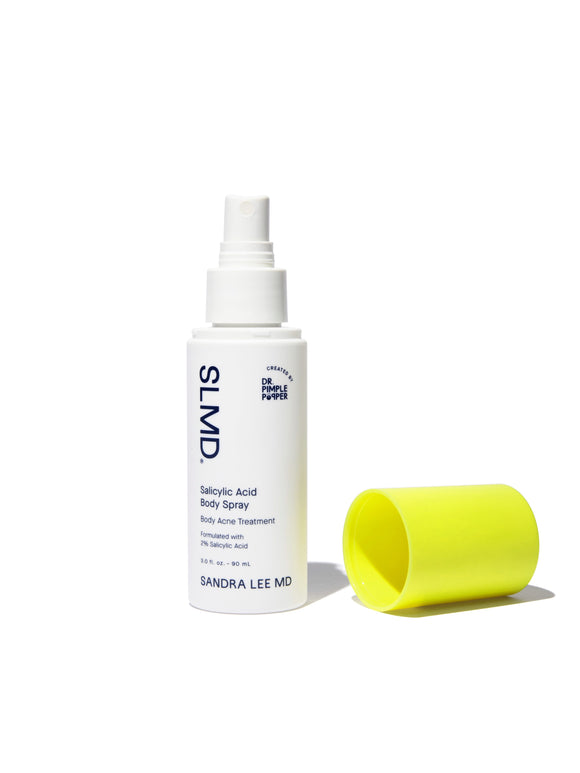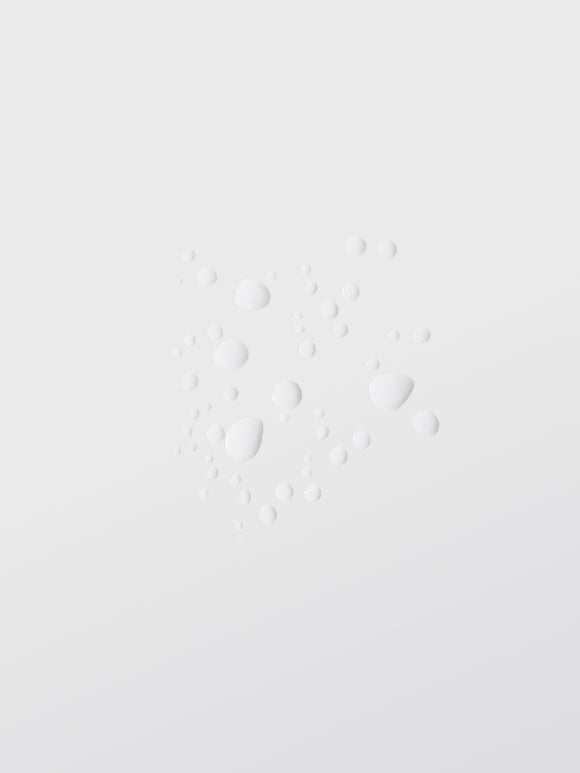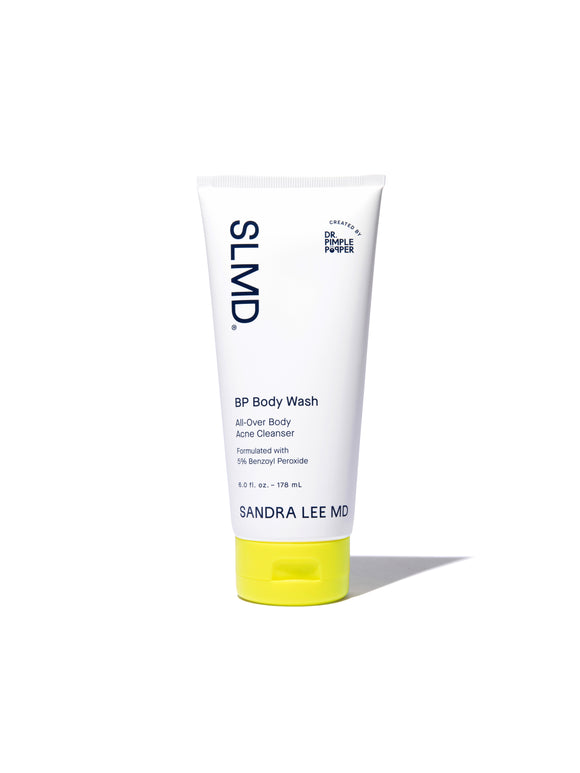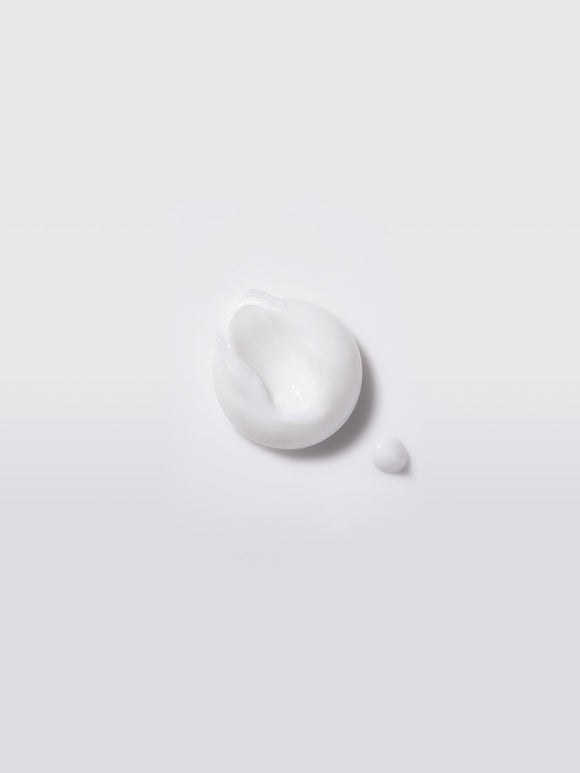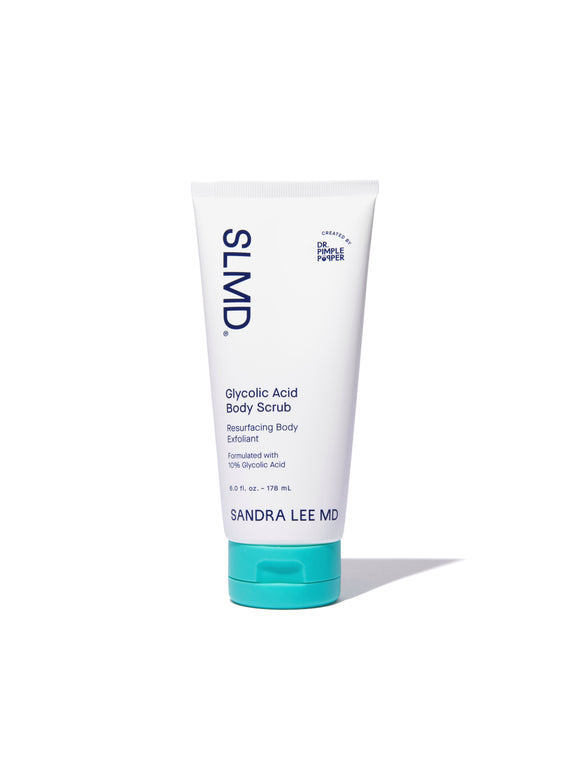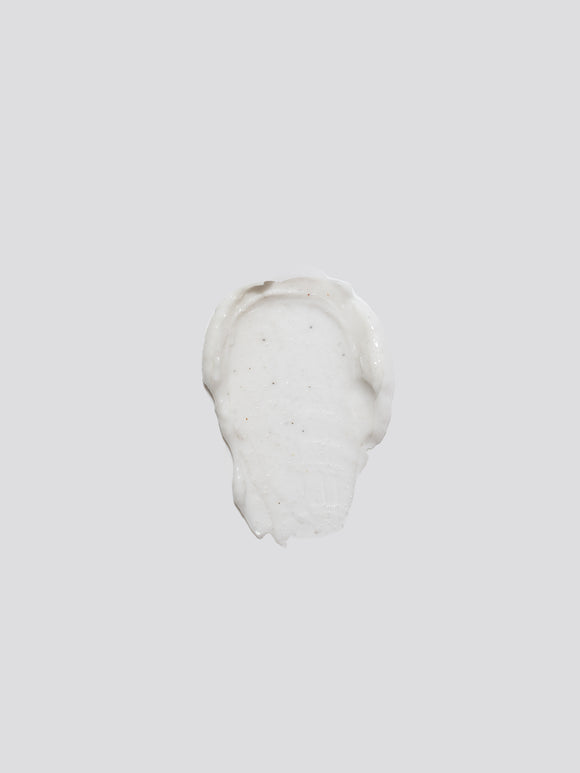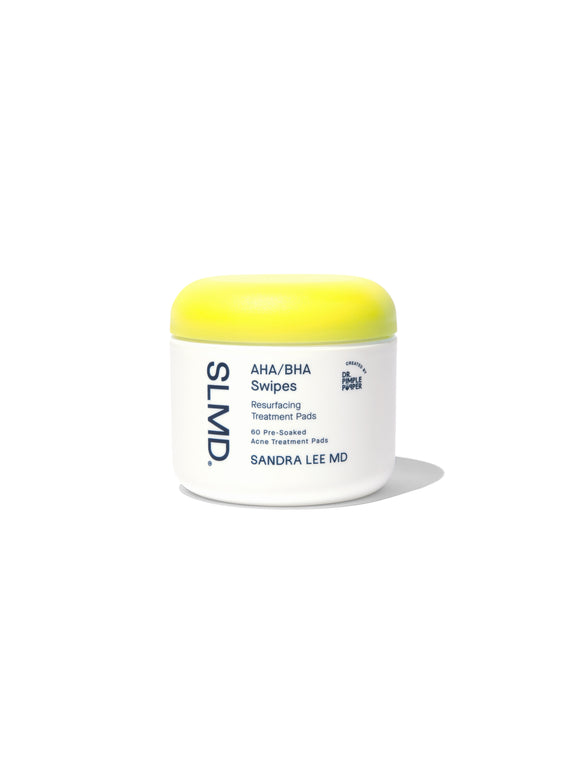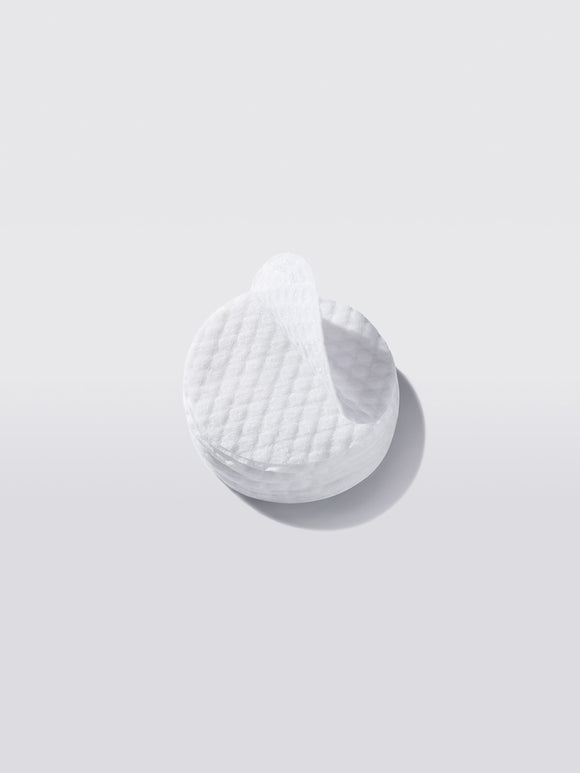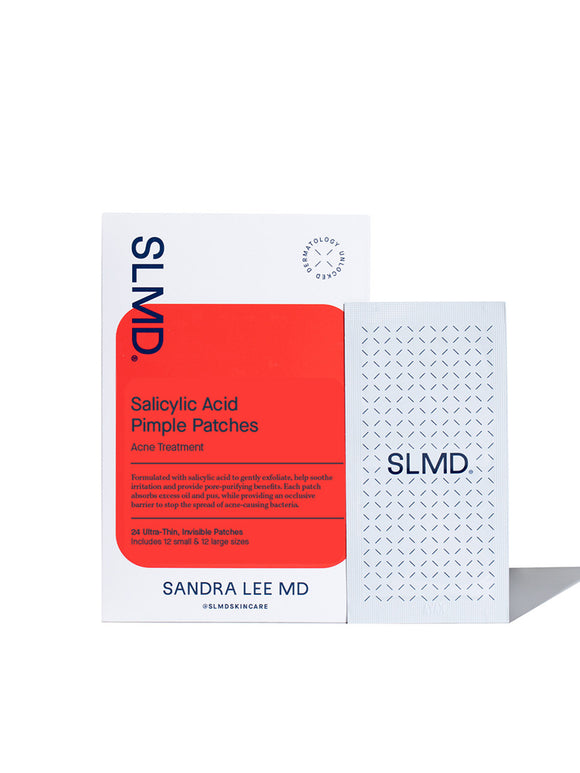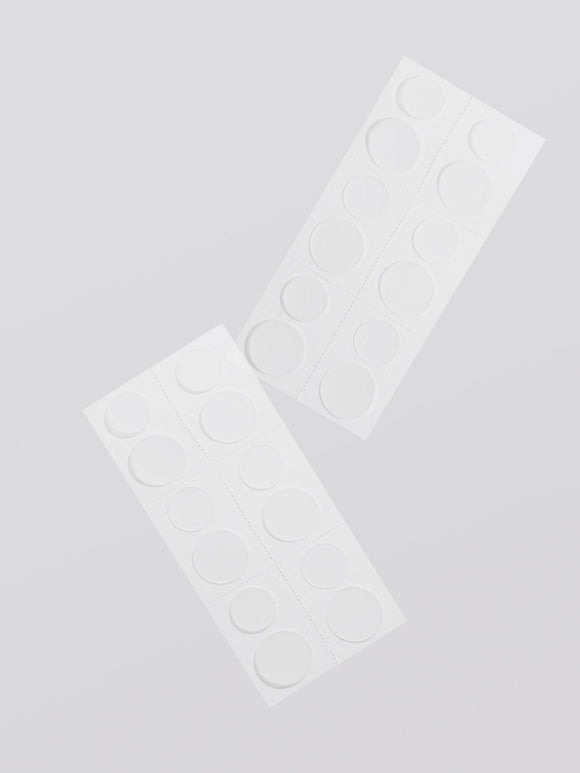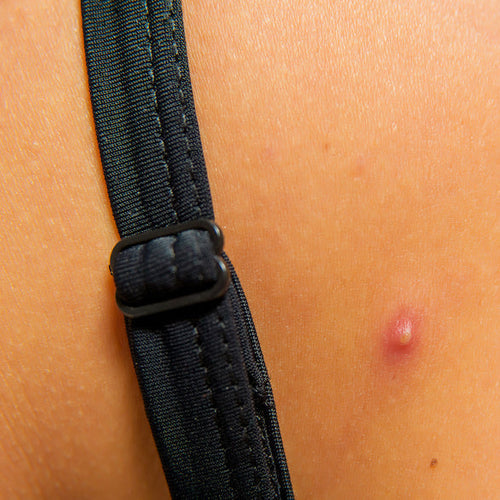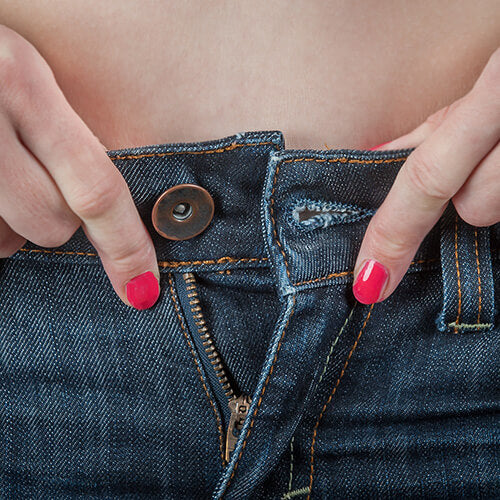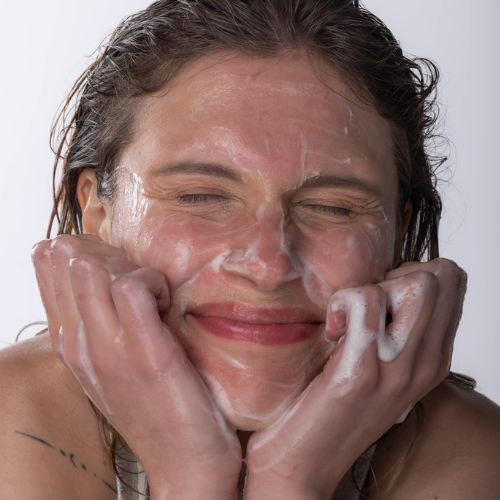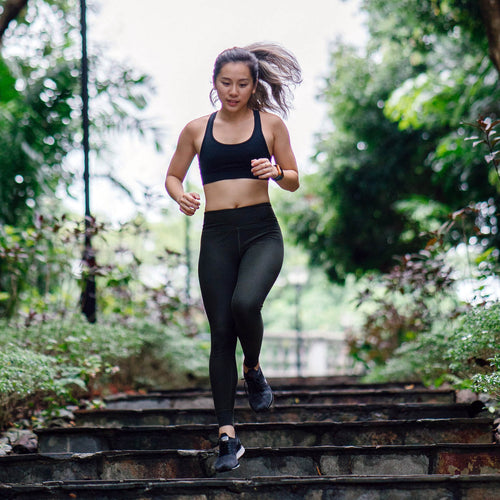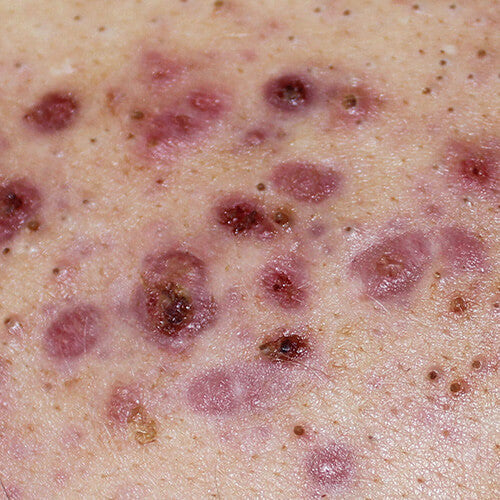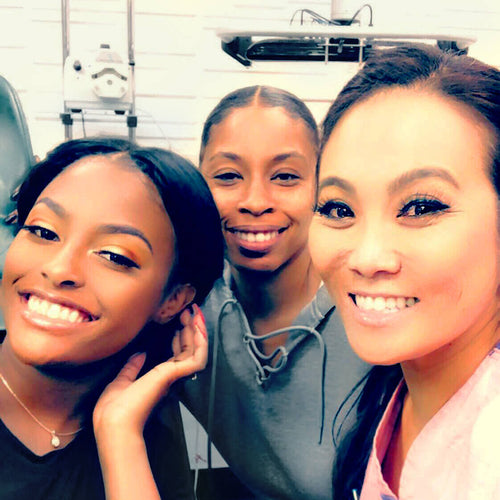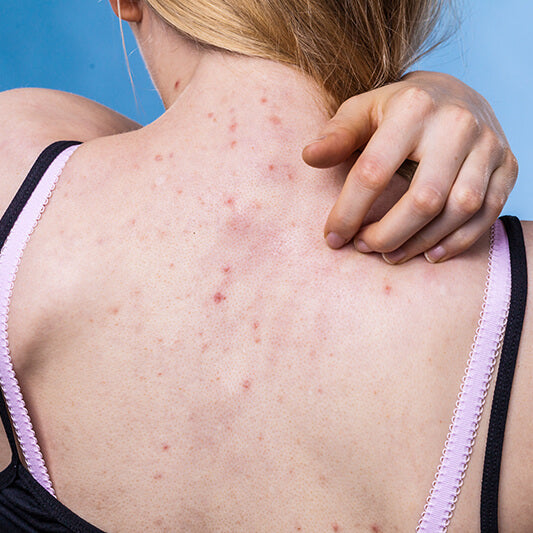
Post-Inflammatory Hyperpigmentation from Body Acne: Causes, Prevention, and Treatments
Dr. Pimple Popper's take on getting rid of stubborn, post-pimple dark spots.
Published:
4 minute read
If you have acne-prone skin, chances are you’ve heard of post-inflammatory hyperpigmentation (PIH). While it's often associated with facial acne, these dark spots can appear anywhere on the body, especially after a breakout. Body acne, which commonly affects areas like the chest, back, and shoulders, can leave behind persistent marks that linger for months — or even years.
So, how can you prevent PIH from body acne, and what can you do to treat it? Here, dermatologist and SLMD Skincare founder Sandra Lee, MD (aka Dr. Pimple Popper) explains the causes, prevention, and best treatments for keeping your body skin looking its best.
Article Quick Links
What is post-inflammatory hyperpigmentation (PIH) from body acne?
PIH occurs when your skin produces an excess of melanin (the pigment responsible for your skin’s color) in response to inflammation or trauma. For body acne, inflammation caused by clogged pores and acne lesions triggers the release of melanin in the deeper layers of skin. This leads to dark spots, which can be red, pink, tan, or brown depending on your skin tone.
It is more common in darker Fitzpatrick skin types, and is most prevalent in the U.S. in people of African-American descent.
“Post-inflammatory hyperpigmentation is not a true scar but a temporary discoloration that fades over time, says Dr. Lee. “However, it can be especially stubborn on the body, taking months or even years to fully disappear.”
How to prevent post-inflammatory hyperpigmentation from body acne
Preventing PIH from body acne starts with managing your acne effectively. The less inflammation you experience, the less likely you are to develop dark marks. Here’s what Dr. Pimple Popper recommends:
- Keep pores clear with salicylic acid: Since body acne is often triggered by clogged pores, using a beta hydroxy acid (BHA) like salicylic acid is key. It penetrates deep into the pores to clear dirt, oil, and dead skin cells. Try: SLMD Salicylic Acid Body Spray
- Reduce inflammation with benzoyl peroxide: Benzoyl peroxide works by killing acne-causing bacteria and calming inflammation. Using a benzoyl peroxide body wash will help control both the breakouts and the inflammation that leads to PIH. Try: SLMD BP Body Wash
- Use a spot treatment: If you feel a pimple forming, treat it early to minimize inflammation. Spot treatments with benzoyl peroxide or salicylic acid can reduce the severity of the pimple and lower the risk of PIH. Try: SLMD Salicylic Acid Spot Treatment, BP Acne Spot Treatment
- Don’t pick or squeeze body pimples: Picking at body acne can lead to worse inflammation, deeper marks, and even scarring. Avoid this common mistake to reduce the chances of long-lasting dark spots.
- Apply sun protection: UV exposure can make PIH worse by further darkening the spots. “Use a broad-spectrum sunscreen every day, especially if you have PIH," Dr. Lee advises. "Look for lightweight, non-comedogenic body sunscreens to prevent further pigmentation.”
Dr. Pimple Popper's Body Acne + Dark Spot Busters
How to treat post-inflammatory hyperpigmentation from body acne
Even with the best prevention, you may still experience lingering dark marks after body acne heals. Here are effective treatment options for fading PIH on the body:
- Exfoliate with AHAs and BHAs. Both alpha hydroxy acids (AHAs) like glycolic acid and beta hydroxy acids (BHAs) promote cell turnover, helping to shed pigmented skin cells more quickly. Try: SLMD AHA/BHA Swipes
- Use brightening ingredients. Look for products with retinol, vitamin C, or niacinamide to help fade dark marks by promoting skin regeneration and reducing pigmentation. Dr. Lee recommends using these products consistently to see gradual lightening of the affected areas.
- Laser treatments and chemical peels. For more stubborn PIH, professional treatments like laser therapy or chemical peels may be necessary. These treatments target the pigment in the skin, helping to break it down and speed up the fading process. Dr. Pimple Popper suggests consulting with a dermatologist for these in-office treatments if at-home methods aren’t enough.
- Daily sun protection. Sunscreen is crucial when treating hyperpigmentation. UV rays can worsen PIH and delay the fading process. “Even on cloudy days or if you’re mostly indoors, apply sunscreen to protect those dark spots from further darkening," suggests Dr. Lee. "Reapply every two hours if you’re outside.”
Dr. Pimple Popper answers FAQs about dark spots from body acne
Q: How long does it take for PIH from body acne to fade?
A: PIH can take anywhere from a few months to over a year to fade, depending on the severity and your skin tone. Consistent use of brightening ingredients and sun protection will help speed up the process.
Q: Can you prevent PIH after a breakout?
A: While you can’t always prevent PIH, minimizing inflammation during breakouts with proper acne treatments and using sunscreen can significantly reduce your chances of developing dark spots.
Q: Is body acne more likely to cause PIH than facial acne?
A: Body acne can often be more stubborn because the skin on the body is thicker and may experience more friction from clothing. This can make PIH from body acne last longer compared to facial acne.
Q: What are the best treatments for dark marks from body acne?
A: Topical treatments with ingredients like retinol, vitamin C, and niacinamide can help fade dark marks. For more persistent PIH, professional treatments like laser therapy and chemical peels may be necessary.

Dr. Lee's Last Word
Post-inflammatory hyperpigmentation from body acne can be frustrating, but the right treatment plan makes a big difference. Start by treating your acne early and use sunscreen every day to protect those dark spots. Be consistent, and over time, you'll see improvement—patience is key!
